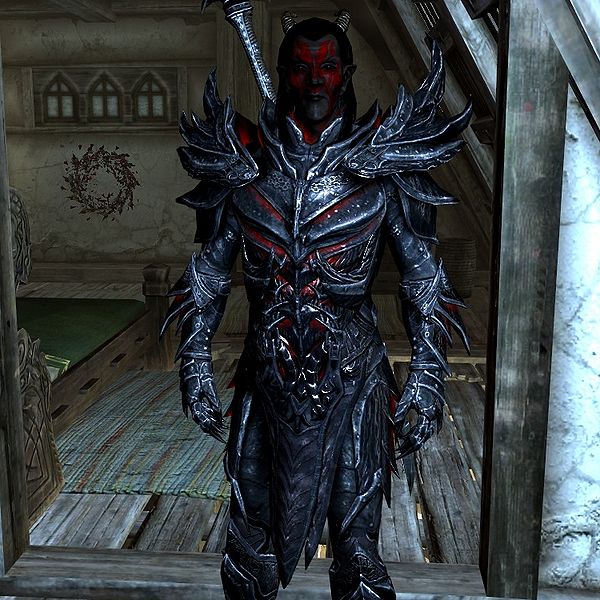I am a big fan of Skyrim, the Bethesda Game Studios open world computer game, where you get to basically live out Nordic Saga’s from the comfort of your own home.
One of the characters you meet during adventuring across the 9 ‘holds’ of Skyrim is Wylandriah, a mage at the court in Riften. When you first come across her, she is trying to remember the various locations of some important magical items… and upon asking her about them, she sends you off on a quest to hunt and gather. One of my favourite things she says is “Now where did I put my spiders…?” But the one that got me thinking the other night is “Is it ward first, then summon?” (basically, should she defend herself, and then summon a creature to fight for her, or start with the creature, and then defend?) Because if you’re wondering how to practically start a realist study, your focus can get mired quite quickly in trying to work out whether you should go galavanting through the literature looking for ‘mechanisms’ (those resources which an intervention or programme makes available, and how people react to them), or ‘outcomes’ or indeed ‘contexts’.
(Or you can do what we did in the shared care review and just map the complexity – but that’s another story…)
Well, I remember when I was first reading these methods that Pawson seemed to be quite focused on the outcome pattern. And rightly so – understanding why things work, and why they don’t is, after all, one of the key reasons why people do research. And whilst this kind of unhelpful ‘it depends’ can really mess about with a conventional approach to evidence synthesis, for the realist, this pattern of work/not work is actually really useful.
The soul and centre of an intervention is a theory which goes something like “if we do this, then this (desired outcome) will happen”. They are based on a mechanism being brought to life through the right circumstances. If you get the context right, then the mechanism works, if the context isn’t right, the mechanism misfires. So the objective of attempts to achieve outcomes is to somehow jolt into life the corpse of an theory… As Mary Shelley will tell you, you need the lightening to do this. So a thunder storm is the necessary context.
So the bringing to life, or death of an intervention are equally useful – they indicate the circumstances within which the mechanism of action has been tried, and they provide clues to help us understand why it is that the intervention worked or didn’t work.
So if you’re wondering how to begin, start with pondering the outcome pattern of the intervention – that pattern of failure, success and all points in between are the first steps in understanding and explaining how and why it works (which after all, is the golden objective of realist synthesis).
And if you’re wondering, it is summon first, because you would have to drop your ward anyway to summon, so you may as well do it first, and then use your ward for anything which your summoned creature cannot handle. Although, if you’ve completed the Conjuration Master Quest, you get this guy, and let me tell you, not much gets past him:

